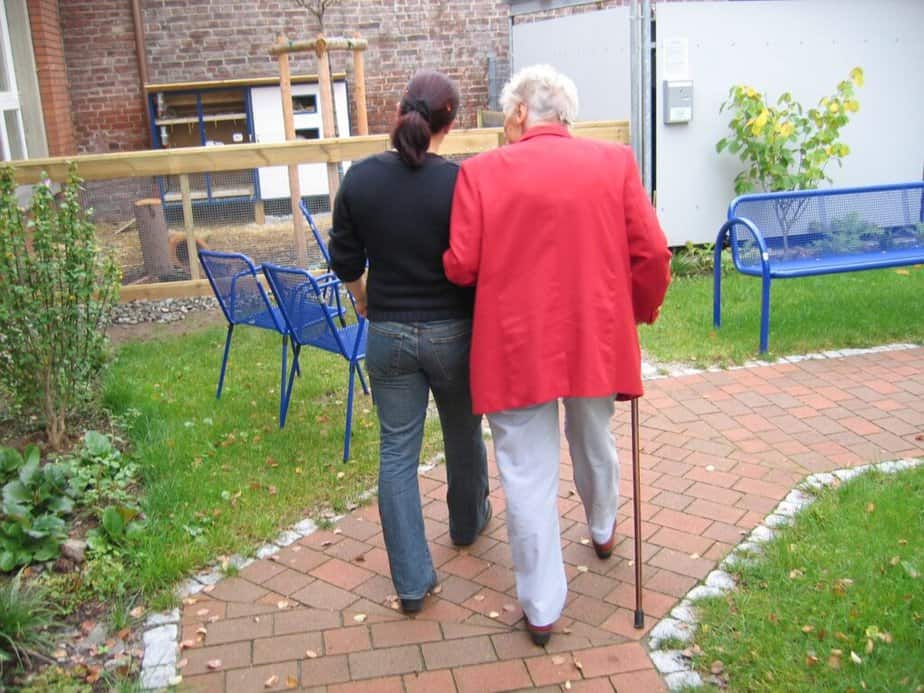It’s no secret that most health care professionals recommend some form of exercise for a variety of health reasons. Now, research is showing that short bursts of high intensity workouts may play a role in keeping the brain healthy in the long term and delay the onset of neurodegenerative disorders, such as Alzheimer’s disease and Parkinson’s disease. Specifically, they show that exercise releases a protein named brain-derived neurotrophic factor (BDNF) that helps the brain stay sharp.

The study, published in The Journal of Physiology, focuses on increased levels of the protein BDNF during exercise. This protein, part of the neurotrophin family of growth factors, controls activity-dependent neuroplasticity changes related to learning and memory. It also helps with neuronal activity such as their survival and growth.
Scientists have found BDNF in several brain regions, including the hippocampus, amygdala, cerebellum and cerebral cortex in both animal models and humans, with the highest levels found in hippocampal neurons. In addition to being linked to cognitive abilities, the BDNF gene may also be associated with depressive like behavior and psychiatric disorders including, bipolar disorder and depression.
Although previous studies show more BDNF leads to better neural physiological outcomes, scientists have yet to develop a pharmaceutical method to replicate this in humans. The authors of this current study demonstrate that something as simple as short exercise sessions can boost BDNF and help patients make changes that slow age-related cognitive decline.
Measuring BDNF at exercise points
The authors isolated three aspects believed to upregulate BDNF: intermittent (20-hour) fasting, prolonged low intensity exercise (90-minutes), and short (six 40-second) high-intensity intervals. They recruited 12 aerobically fit, healthy participants (6 males, 6 females) aged 30 ± 10 years. For the fasting portions, participants avoided caloric intake for 20 hours. For the non-fasting portions they started after a light meal of their choice.
Participants used cycling in a controlled lab to complete the exercise sessions. Each one started with light exercise and then completed the session with the high intensity intervals. An ergometer measured their exercise effort via VO2peak, where 25% represented light cycling and 100% represented high intensity.
The authors collected blood samples at baseline (before exercise), at 30 minutes and 90 minutes during light exercise, and again 2 minutes after the final high intensity interval. Scientists measured and analyzed BDNF in the blood samples, which represented moments before, during, and after exercise.
They separated the blood samples into platelet-rich serum and platelet-poor plasma. When BDNF is bound to platelets, it is not available for use in the body. It probably does not impact the clinical nature of cognitive disease for several reasons, including that bound BDNF most likely cannot cross the blood-brain barrier.
Exercise duration and intensity have greatest effect
When the body fasts, it switches the brain’s main fuel from glucose to ketone bodies and lactates. Previous studies suggest that this switch can prompt more BDNF. However, the researchers did not find an effect of fasting on how much free BDNF was produced. At baseline, they noted that 99% BDNF remained bound to platelets whether in the fasting or non-fasting state.
Within 30 minutes of light exercise, they did find an increase in BDNF. However, further analysis shows that it is still the platelet-bound form. Thus, the increase appears to be linked to the higher platelet concentration normally produced during exercise.
The researchers hypothesized that they would find unbound BDNF. Notably, exercise duration showed this effect after 90 minutes. Furthermore, they demonstrated that six minutes of high-intensity exercise increased every metric of BDNF by 4- to 5-fold more than prolonged exercise did. This result suggests that short bursts of high intensity exercise may produce important molecules that support cognitive health, a condition especially important as humans age.

The authors designed the study so that the participants’ light and high intensity exercise occurred right after each other. This was done to reduce participant time and resources. However, it also means that there was no true baseline for the high intensity portion.
It also opens up questions as to whether the prolonged intensity exercise affects the BDNF protein levels after the high intensity exercise. The researchers do not believe the light exercise had a measurable effect.
As a protein with an important role in the central nervous system, BDNF seems like a promising source of neuroplasticity-enhancing treatment for cognitive decline. However, getting artificial BDNF in the brain is logistically challenging and these forms may not have the same effect.
Summary
Thus, by investigating ways to stimulate our body to naturally make more BDNF, scientists may unlock additional mechanisms of healthy aging, reducing the burden on creating and obtaining pharmaceutical products. Scientists have not linked exercise-induced BDNF with better cognitive outcomes, but it is an interesting avenue of study moving forward.
Citation: Gibbons TD, Cotter JD, Ainslie PN, Abraham WC, Mockett BG, Campbell HA, Jones EMW, Jenkins EJ, Thomas KN. Fasting for 20 h does not affect exercise-induced increases in circulating BDNF in humans. J Physiol. 2023 Jan 11. doi: 10.1113/JP283582. Epub ahead of print. PMID: 36631068.
January 20, 2023
